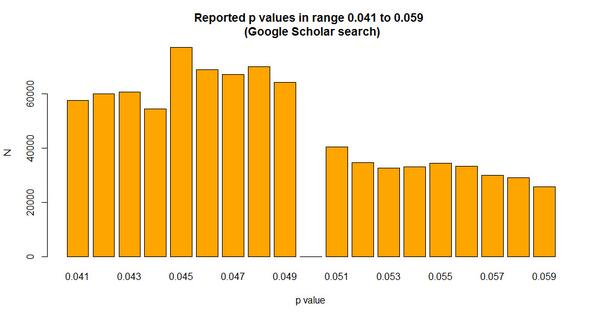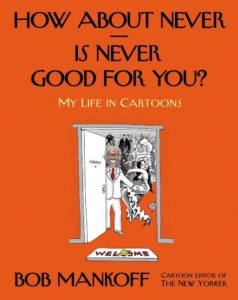 I really like teaching Duke undergraduates. They are an ambitious and intelligent group. But sometimes their ambition and intelligence get in the way of creative thinking, especially in regards to careers. They all want to remain high achievers, so they know they must either become doctors, lawyers, investment bankers or business consultants. Not infrequently I find myself talking to undergraduates about careers, urging them to do something different for a couple years and learn more about the world, before settling on one of these well honed paths.
I really like teaching Duke undergraduates. They are an ambitious and intelligent group. But sometimes their ambition and intelligence get in the way of creative thinking, especially in regards to careers. They all want to remain high achievers, so they know they must either become doctors, lawyers, investment bankers or business consultants. Not infrequently I find myself talking to undergraduates about careers, urging them to do something different for a couple years and learn more about the world, before settling on one of these well honed paths.
I was reminded of these conversations recently when I read “How About Never–Is Never Good for You?,” by Bob Mankov, cartoon editor at the New Yorker. He relayed his experience visiting high schools in grade schools, and talking about his career as a cartoonist:
“Some years ago, at my daughter’s high school, I gave a Career Day talk about my thirty-five-year “career” in cartooning. I do these talks in the hope that I can prevent one young person, especially if they are Jewish, from becoming a doctor, lawyer, dentist, or accountant.”
I highly recommend his book, if you’re up for a good laugh. It is loaded with cartoons too!

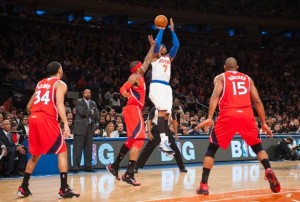

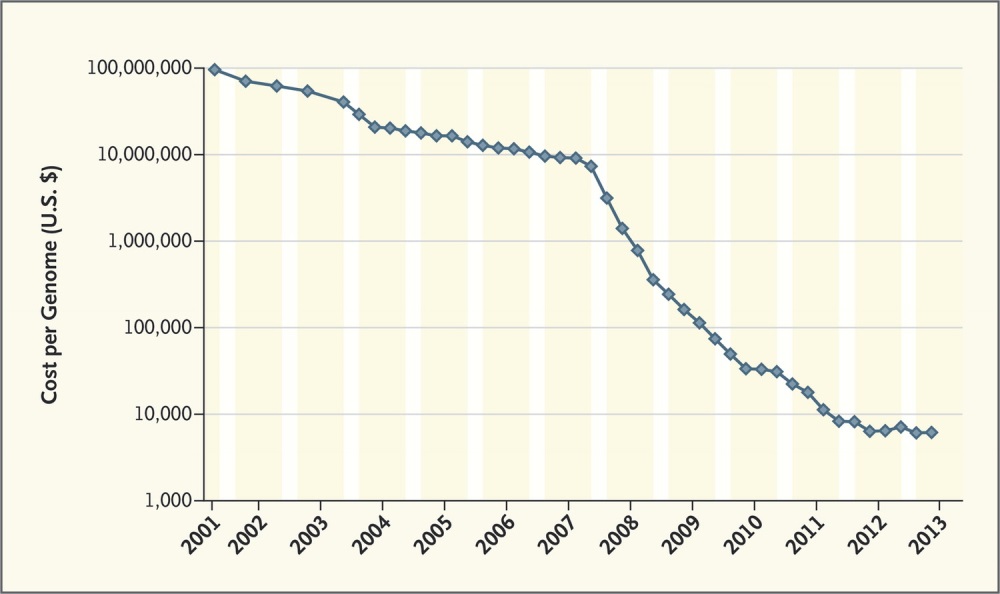
 In 1996, a man wrote to Carl Sagan asking him the distance to heaven. Sagan was a very public agnostic. He replied brilliantly:
In 1996, a man wrote to Carl Sagan asking him the distance to heaven. Sagan was a very public agnostic. He replied brilliantly: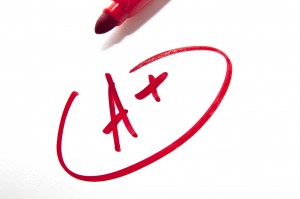 I’ve been teaching college for four years now, at a pretty darn good college. But I’m not sure I’ve seen student writing quite as good as this undergraduate writing sample:
I’ve been teaching college for four years now, at a pretty darn good college. But I’m not sure I’ve seen student writing quite as good as this undergraduate writing sample: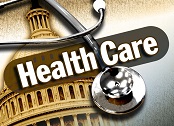 Here is a great
Here is a great 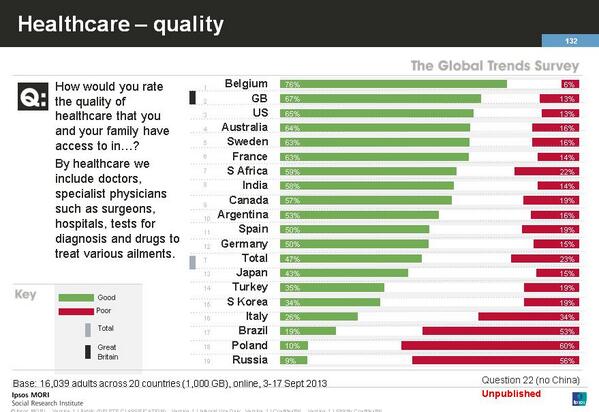
 I must not be the only person to wonder how pharmaceutical companies succeed with direct to consumer advertisements when, stuck in the middle of all their TV ads, are those long lists of side effects. You know what I mean. After watching a smiling and attractive person running through a field after receiving some wonder pill, the narrator tucks his voice down an octave and intones that the medication “could cause rashes, constipation, heartburn, bladder dysfunction and cardiogenic syncope.” How could anyone listening to this ad want to take this product?
I must not be the only person to wonder how pharmaceutical companies succeed with direct to consumer advertisements when, stuck in the middle of all their TV ads, are those long lists of side effects. You know what I mean. After watching a smiling and attractive person running through a field after receiving some wonder pill, the narrator tucks his voice down an octave and intones that the medication “could cause rashes, constipation, heartburn, bladder dysfunction and cardiogenic syncope.” How could anyone listening to this ad want to take this product?